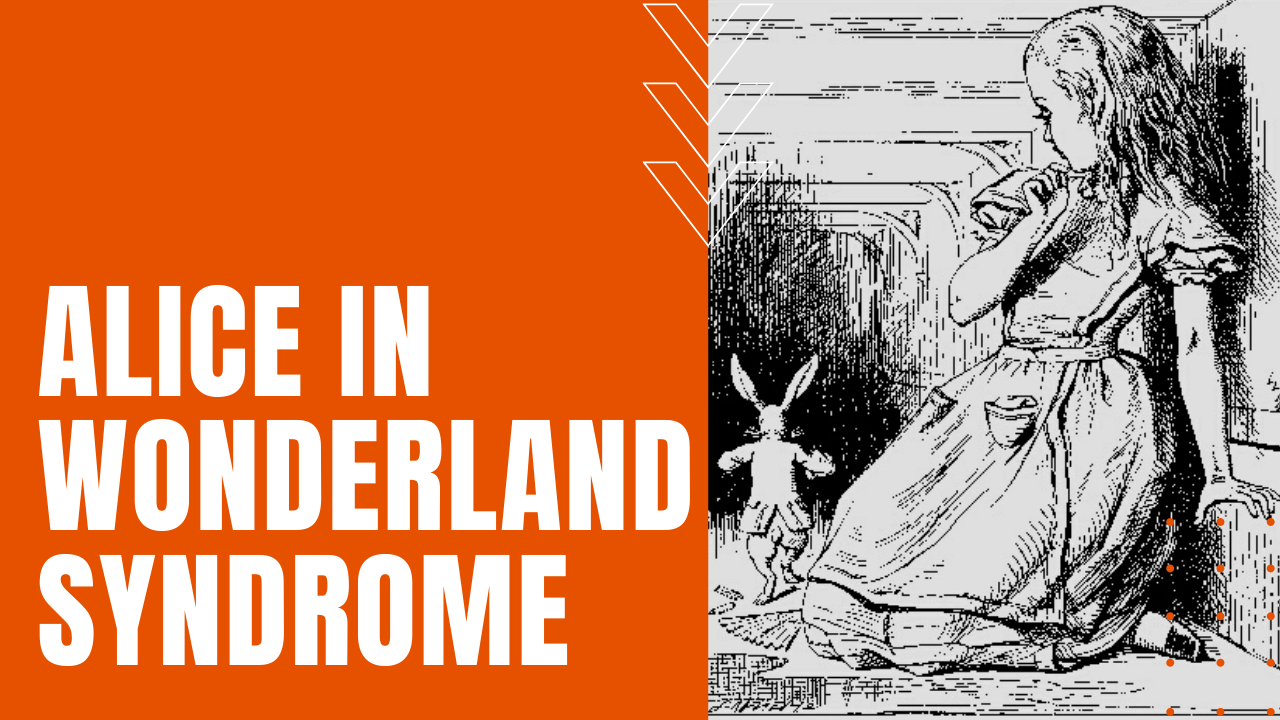Alice in Wonderland Syndrome

First reported by British psychiatrist Dr. John Todd in 1955, Todd discovered that several of his patients experiencing severe migraines also suffered from dysmetropsia or distortions of perception relating to objects or themselves, further speculating that author Lewis Carroll used his own migraine-driven bouts of dysmetropsia as inspiration for his 1865 publication of Alice’s Adventures in Wonderland.
Micropsia Gone Wrong
Now known as Alice in Wonderland Syndrome or Todd Syndrome, patients who suffer from AIWS can experience a sense that their bodies are smaller or larger than they actually are, known as micropsia and macropsia respectively. In a rare syndrome that mainly affects children, patients can also perceive distant objects appearing closer than they are—known as pelopsia—or father away than they actually are—known as teleopsia.
Sensory Distortions
Still other patients have experienced distortions to both touch and hearing, and while the cause of AIWS is currently unclear, the episodic distortions—typically lasting from fifteen minutes to an hour—have been associated with migraines, head trauma, psychoactive drug use and Epstein-Barr viral infections, which in theory, at least, cause a downward shift in electrical activity and blood flow in parts of the human brain responsible for visual perception.
Multiple Causes
According to a 2021 aggregation of peer-reviewed studies regarding AIWS, other infectious agents were also known to cause the condition, including Varicella Zoster virus, Influenza, Zika virus, Coxsackievirus, Plasmodium falciparum protozoa infections, as well as Mycoplasma pneumoniae and Streptococcus pyogenes (pie au gin eez) bacterial infections.
Reductions in Cerebral Blood Flow
Most recently, researcher in nuclear medicine have employed a technique known as technetium on patients undergoing episodes of AIWS, demonstrating a marked reduction in cerebral blood flow in cortical regions of the brain, including frontal, parietal, temporal and occipital, both in combination and in isolation, which has since been verified by a second study that used single photon emission computed tomography to demonstrate reduced perfusion or blood flow in the temporal lobe of patients experiencing AIWS, making Alice in Wonderland Syndrome, a rare glimpse into the complexities of human perception.
